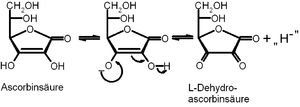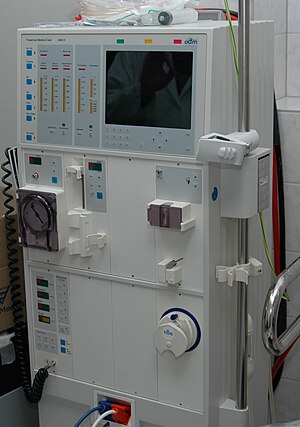
 We have discussed the differences in dialysis mortality at various centers. While ProPublica published the raw data for the clinics, one of the pieces of data not available was the length of dialysis treatment. This is not among the data collected by CMS (Center for Medicare and Medicaid Services) (Kt/V is monitored, instead).
We have discussed the differences in dialysis mortality at various centers. While ProPublica published the raw data for the clinics, one of the pieces of data not available was the length of dialysis treatment. This is not among the data collected by CMS (Center for Medicare and Medicaid Services) (Kt/V is monitored, instead).
When I first began studying dialysis, most of the treatments were done overnight (12 hours). By the time my first invention was hitting the marketplace, the treatment time had decreased. After its introduction, a six hour regimen was the norm- but that was still considered too long to make the process commercially viable. (This meant only two shift of patients could be channeled through each dialysis station daily. More rapid treatment was needed- say 3.5 to 4.5 hours, so that with setup and cleaning time, three shifts of patients could easily be accommodated- and maybe even 4.)
Some 30 years ago, the New England Journal of Medicine published results from The National Cooperative Dialysis Study (NCDS). Using that data is difficult, though, because few if any dialysis regimens of that era incorporated sodium bicarbonate (and not sodium acetate) as the buffer. We have already discussed the problems with that buffer choice (which may have seemed optimum when dialysis was inefficient and of longer duration).
(Since many of you are unfamiliar with this study, I will briefly synopsize. It was terminated early because two of the cohorts (low urea clearance and treatment time of 4.5-5 h or short times of 3 to 3.5 h (II and IV, respectively) developed significantly adverse outcomes. The other two groups were high urea clearance and the same treatment times (I and III, respectively). As you can see from the chart there were more hospitalizations with shorter time, but the results seem more related to urea clearances and there were arguments that the Kt/V values provided the difference in results, as well.) It must be noted in conventional dialysis treatment, fluid removal is a function of time on dialysis and the permeability of the dialysis membranes. [A newer study, from Canada, compared more frequent dialysis (nocturnal, 6 times a week) to conventional therapy (thrice weekly, 4 hours). Some quality of life measures were improved ( better blood pressure control that, therefore, reduced the need for blood pressure medications, improved some measures of mineral metabolism), but a longer, larger study would be needed to compare mortality rates.]
A more recent study by Drs Bruneli, Chertow, Ankers, Lowrie, and Thadhani, based on the USRDS database, provided results for mortality and treatment length. Their analysis indicated that treatment times shorter than 4 hour duration incurred some 40+% increase in mortality. (This may be the exact reason why the for-profit treatment centers’ mortality was higher than what prevailed at the not-for-profit chain).
This is why home dialysis (and home nocturnal dialysis) regimens are being reconsidered. There are also payment mechanisms for these treatments under the new dialysis reimbursement guidelines (because if there is no reimbursement process, the therapy will not be adopted).













